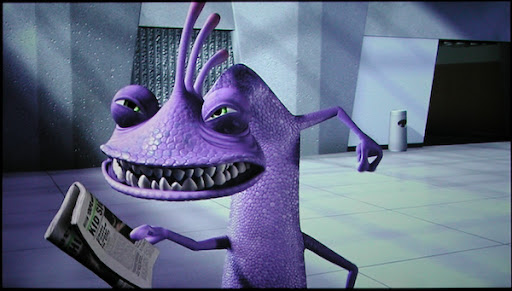


The abnormal superego usurps the status and authority of a normal superego and entices the ego to turn away from life, to dissociate itself from its objects and ultimately to destroy itself While the normal superego originates from the emotional relations of childhood, by contrast, the abnormal superego stems from dissociations that have been inflicted and suffered in childhood. The author aims to demonstrate the disjunction and antagonism between normal and abnormal forms of superego through an enquiry into clinical material from two patients who manifest abnormal forms of the superego as recognised by Freud, Abraham and Klein, later termed by Bion 'the ego-destructive superego'. Clinical material illustrates the three stages described in the paper. The end of the treatment can be envisaged when the child continues to make progress mentally even during breaks in the analysis. An autistic child who reaches this degree of psychic organization may look like an ordinary child, but this level of mental functioning will remain very unstable for some time. The third stage consists in working through the transference neurosis as described by Freud. The infantile transference represents the second stage in the psychoanalytic treatment of an autistic child. A clinical illustration of that fantasy is given. That transference tends to have a special intensity in autistic children, with the emergence of a fantasy that Tustin called the ‘nest of babies’ fantasy. Thereafter, an infantile transference, as defined by Melanie Klein, begins to develop. Once the transference on to the container is sufficiently worked through, the child can begin to trust the containing capacities of the object. In the author's description, the masculine elements of the container do not penetrate the female ones, but rather strengthen them in the same way as buttresses strengthen a building. His description of container bisexuality differs slightly from that given by Tustin. Starting from Frances Tustin's description of failure of the containing function in autistic children due to a splitting between the masculine and feminine aspects of the containing object, the author suggests that the first stage in the psychoanalytic treatment of an autistic child consists in restoring that function by working through what he calls the transference on to the container.


 0 kommentar(er)
0 kommentar(er)
